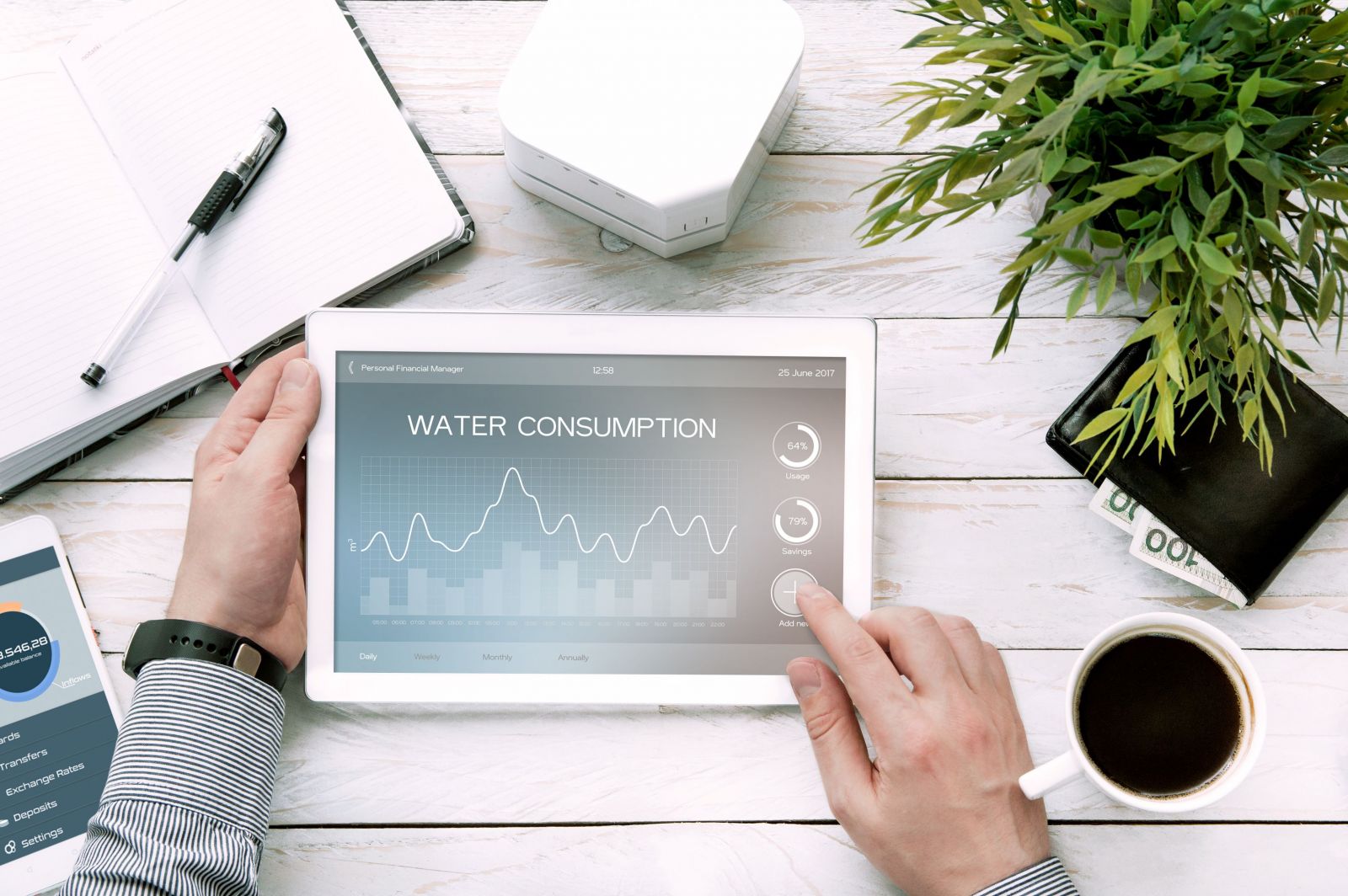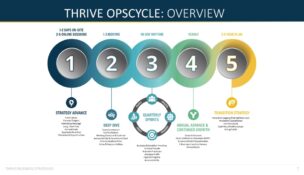BOOK OF EXPERTS: HRP Associates on developing a successsful sustainability program
BOOK OF EXPERTS: HRP Associates on developing a successsful sustainability program
By Jackie Baxley, Principal and EHS&S Practice Leader
Many organizations are faced with the need to develop a sustainability program. Maybe there has been a recent request from a valued customer. Perhaps you identified the need to make meaningful impact to offset environmental, social or economic risks. There could be a recognized need and expectation from your employees. The drivers may be different, but the challenge is typically the same: Where to start?
 The precise meaning of “sustainability” is open to various interpretations. How do we refine our understanding of this dynamic (and sometimes emotionally charged) topic? While everyone’s journey will be different, I have found these steps helpful whenever establishing new systems.
The precise meaning of “sustainability” is open to various interpretations. How do we refine our understanding of this dynamic (and sometimes emotionally charged) topic? While everyone’s journey will be different, I have found these steps helpful whenever establishing new systems.
- Form a Team
Developing a meaningful sustainability program will require input from diverse stakeholders, both internal and external to an organization. Any system will live and die with any one person.Engaging a team with various points of view lays the foundation for a more sustainable integration and implementation. While team members will vary based on the type of organization, consider representatives from areas such as: top management, supply chain, marketing, sales, legal, human resources, engineering, maintenance, operations, customer service, transportation/distribution and finance/accounting. Some organizations may solicit external input from the community, customers and other key stakeholders.
- Assess What is Important to You and Your Stakeholders
Once you have your team, you are now ready to embark on identifying how the company impacts the world and how the world impacts the company. To narrow this task, I have seen two approaches successfully applied: materiality assessment and International Standards Organization (ISO) context of the organization and risk and opportunity approach.
 Organizations that have ESG reporting obligations will commonly take the approach of a materiality assessment. The general approach for a materiality assessment is to first identify key issues such as workforce diversity, employee health and safety, waste management, compliance, energy usage, packaging, ethical conduct and other environmental, social and economic issues. The organization then collects information about these issues from both internal and external stakeholders in order to prioritize and map these issues.
Organizations that have ESG reporting obligations will commonly take the approach of a materiality assessment. The general approach for a materiality assessment is to first identify key issues such as workforce diversity, employee health and safety, waste management, compliance, energy usage, packaging, ethical conduct and other environmental, social and economic issues. The organization then collects information about these issues from both internal and external stakeholders in order to prioritize and map these issues.
Many organizations already have an ISO14001 Environmental Management System and/or ISO45001 Occupational Safety and Health Management System. Those with such systems are familiar with the elements of Clause 4 Context of the Organization and Clause 6.1 Risk and Opportunity. This activity of identifying intended outcomes, internal and external issues that can impact those outcomes, along with the needs and expectations of interested parties can be evaluated relative to identifying key risks or opportunities specific to an organization’s environmental, social and economic issues.
- Establish Programs to Control Your Impacts
Whether from a materiality assessment, an ISO approach, or similar, once the key impacts have been identified, the team can focus its resources on those impacts that were deemed significant. The team can pull in additional subject matter experts or resources to develop a strategy to control these impacts. Organizations may establish objectives and targets to offset risks. Organizations may develop new policies, plans or procedures to control or eliminate risks. Organizations may put into place monitoring, measuring, analysis and reduction strategies to mitigate impacts. Depending on your organization and your stakeholders, you may want to publicly report some of these programs and metrics, or at the least, report and track internally.
- Continually Improve
 Your initial “development” team may transition to an implementation team that continually assesses the successes, challenges and opportunities for improvement associated with your sustainability program. This team will implement, maintain, and improve upon the sustainability program and ensure that as new processes, products, services or internal and external issues arise, the organization continues to assess what is material and implement effective strategies.
Your initial “development” team may transition to an implementation team that continually assesses the successes, challenges and opportunities for improvement associated with your sustainability program. This team will implement, maintain, and improve upon the sustainability program and ensure that as new processes, products, services or internal and external issues arise, the organization continues to assess what is material and implement effective strategies.
As with any new program, there will be challenges, stumbles, stops and starts. As you approach these or other steps in developing your sustainability program, remember that the first step is the most important, so get started!



















